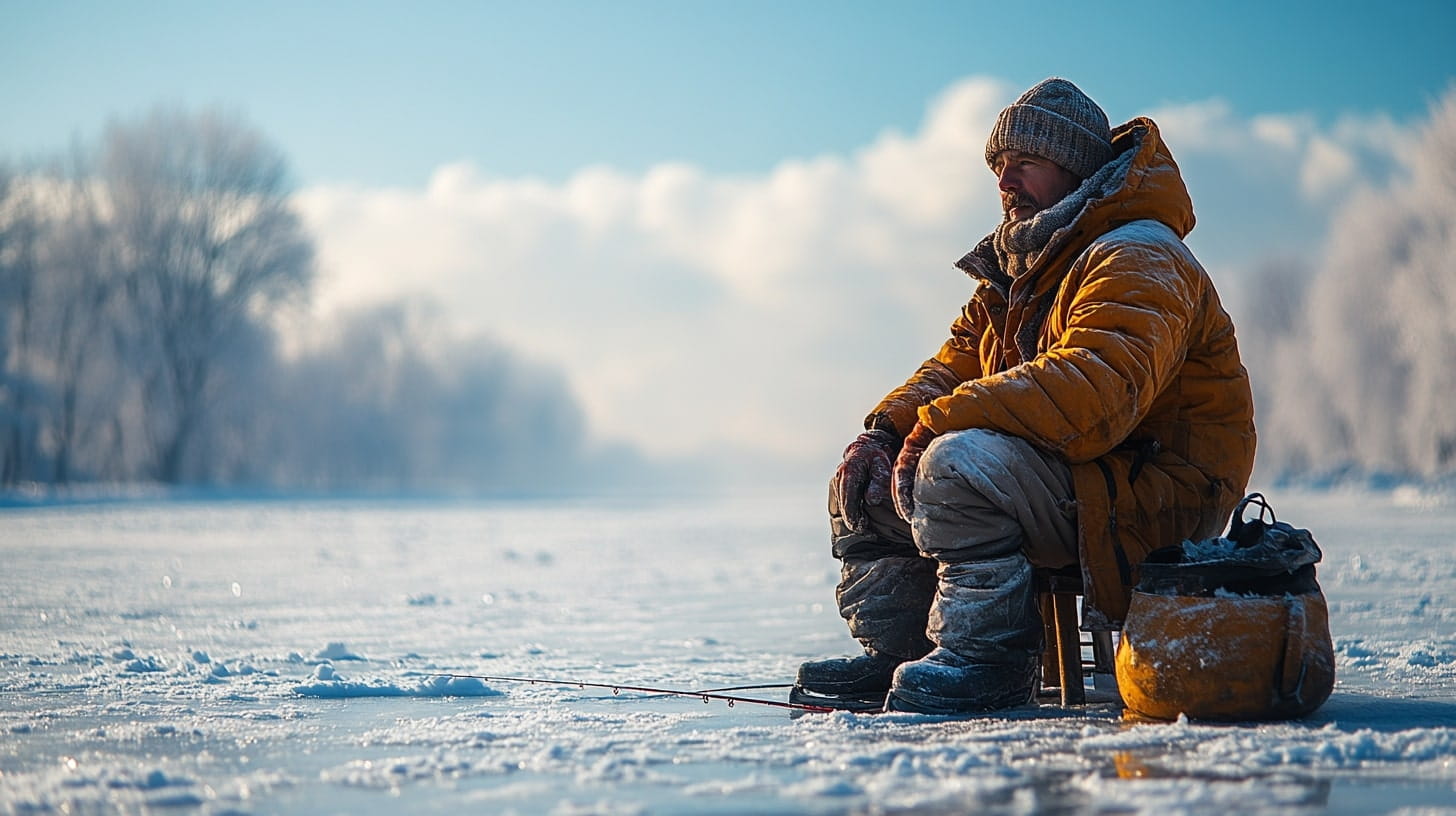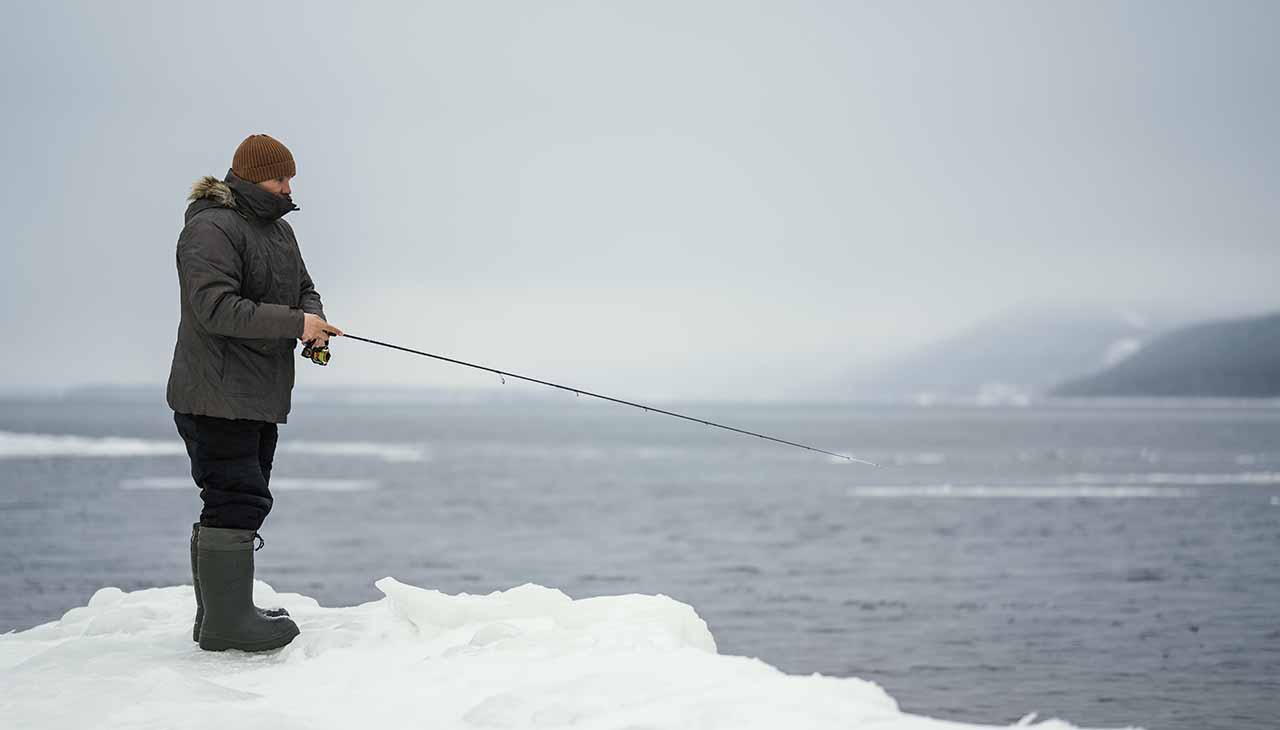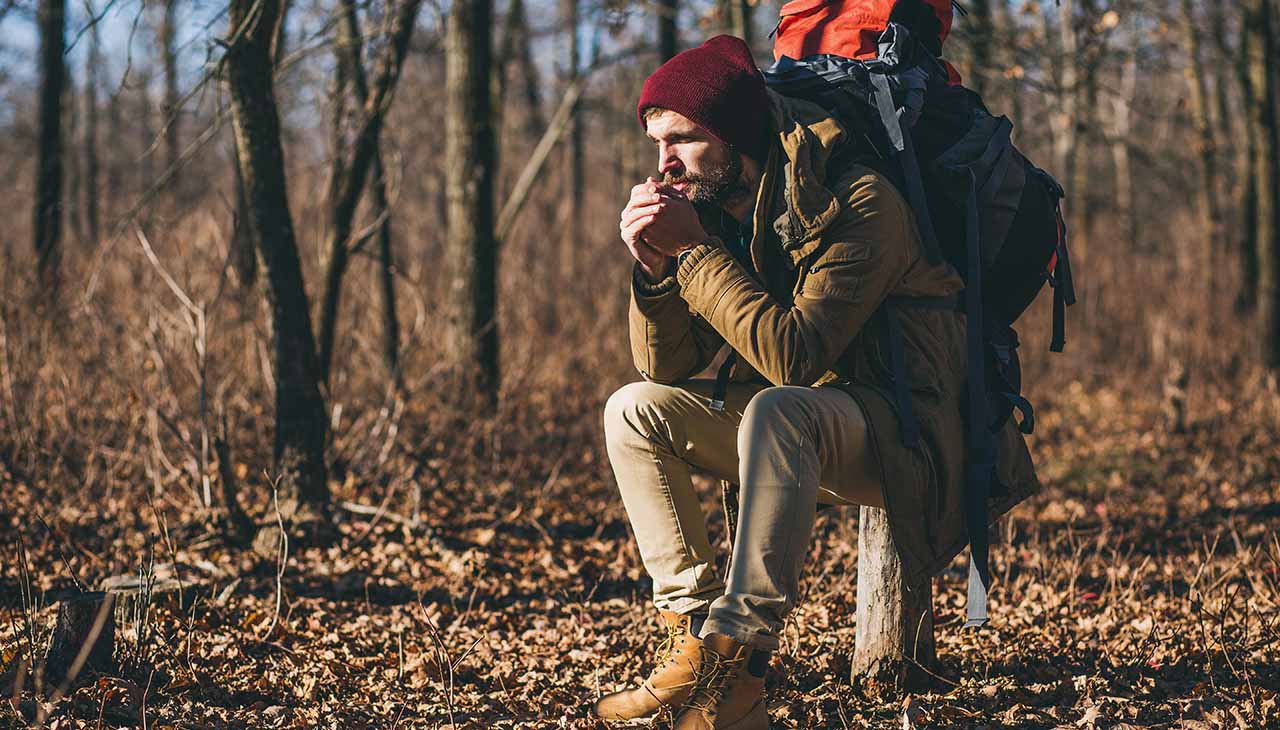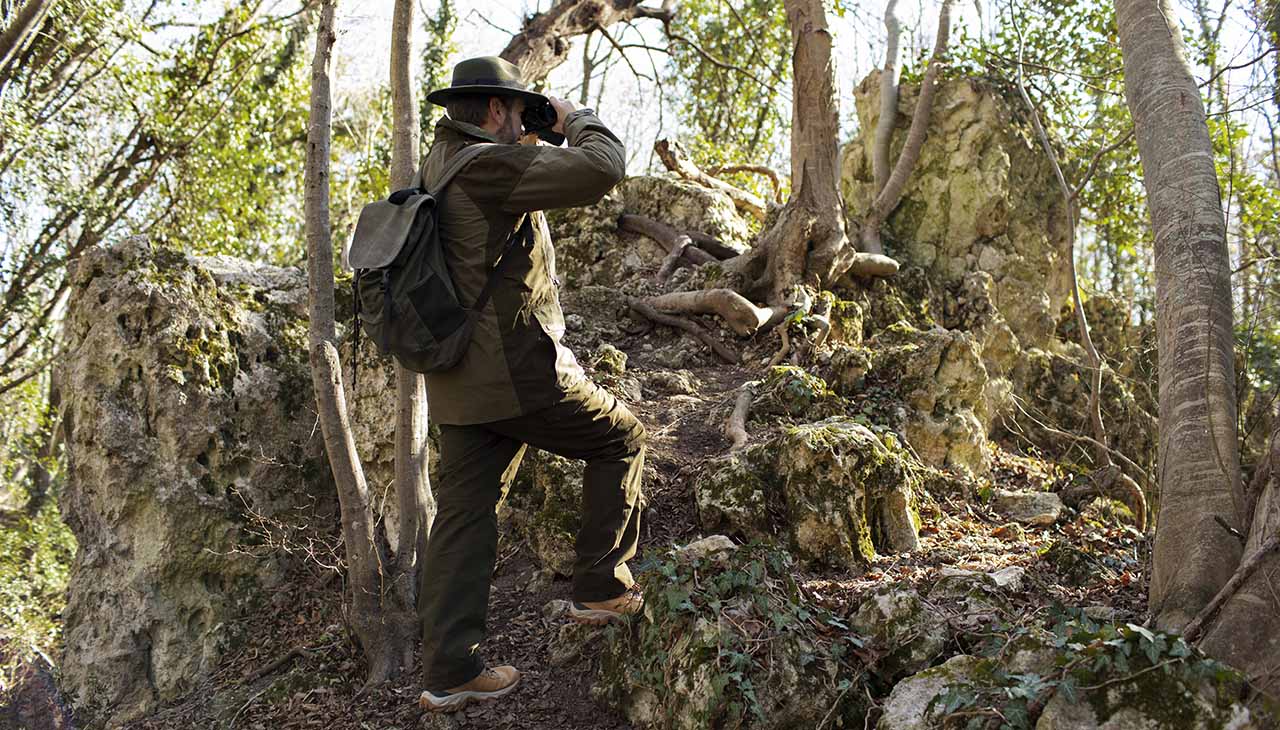Winter transforms lakes into icy landscapes, creating a unique opportunity for anglers to embrace one of the most thrilling outdoor activities—ice fishing. Whether you’re new to the sport or a seasoned pro, sitting by an ice hole in the middle of a frozen lake offers a peaceful yet exhilarating experience. But success on the ice requires preparation, knowledge, and the right techniques. This guide dives into everything you need to know for a safe and productive ice fishing trip.
Understanding Ice Safety: The Foundation of Ice Fishing
Before you think about bait, rods, or the perfect location, it’s crucial to prioritize safety. Ice fishing takes place on frozen lakes, which can be unpredictable. Ensuring the ice is thick and stable enough to support your weight is the first step to a safe outing.
- Ice Thickness: Aim for a minimum of 4 inches of clear, solid ice for foot traffic. If you’re using a snowmobile or ATV, the ice should be at least 6-8 inches thick.
- Inspect the Ice: Not all ice is the same. Clear, blue ice is the strongest, while white or slushy ice is weaker and should be avoided. Always test the ice with a spud bar or auger before stepping out.
- Carry Safety Gear: Ice picks, a rope, and a personal flotation device can be lifesavers in emergencies. Always let someone know your location and return time before heading out.
Choosing the Right Gear for Ice Fishing
Ice fishing requires specialized equipment to handle the cold and improve your chances of a good catch. Here’s a breakdown of what you’ll need:
- Ice Auger: An essential tool for drilling holes in the ice. Choose between manual, gas-powered, or electric augers based on your preference and fishing location.
- Ice Fishing Rods and Reels: These are shorter and more sensitive than regular fishing rods, designed to detect subtle bites under the ice. Pair your rod with a reel suited for icy conditions.
- Shelter and Seating: Portable ice shanties provide protection from wind and snow, while a comfortable chair ensures you can fish for hours without discomfort.
- Warm Clothing: Layering is key. Start with moisture-wicking base layers, add insulation, and top it off with waterproof outerwear. Don’t forget insulated boots and gloves.
- Bait and Lures: Live bait like minnows or wax worms works well, as do brightly colored jigs and spoons that mimic prey movements in the dim underwater light.
Finding the Perfect Spot
Location plays a vital role in the success of your ice fishing trip. Fish are less active during winter, so finding their hiding spots under the ice requires strategy.
- Research the Lake: Use lake maps or online resources to identify drop-offs, points, or underwater structures where fish are likely to congregate.
- Look for Depth: Many species, such as walleye, perch, and trout, tend to gather in deeper waters during winter. Drilling multiple holes in different depths can help you find where the fish are biting.
- Use Technology: Portable fish finders and underwater cameras can save time and increase your chances of locating fish.
Techniques for Winter Fishing Success
Ice fishing is a game of patience, but using the right techniques can significantly improve your results:
- Keep Lines Active: Jigging your line (raising and lowering it gently) mimics the movement of prey and attracts fish.
- Use Tip-Ups: These devices hold your line and signal when a fish bites, allowing you to manage multiple holes at once.
- Experiment with Depths: Fish may be suspended at different levels, so adjusting the depth of your bait can make a big difference.
Staying Comfortable on the Ice
Fishing in freezing temperatures can be tough, but staying comfortable ensures you can enjoy the experience.
- Stay Warm: Use hand warmers, heated insoles, and insulated gear to combat the cold.
- Bring Hot Drinks: A thermos filled with coffee, tea, or soup can make all the difference during a long day on the ice.
- Take Breaks: Step inside your shelter or vehicle periodically to warm up and recharge.
Respect the Environment
Ice fishing offers a chance to connect with nature, but it’s important to leave the environment as you found it. Always pick up trash, use eco-friendly bait, and avoid drilling too many holes in one area. Practicing catch and release for non-target species or small fish helps maintain the lake’s ecosystem for future anglers.
Why Ice Fishing Is Worth Trying
There’s something magical about the stillness of a frozen lake, broken only by the occasional tug on your line. Ice fishing is more than just catching fish—it’s about embracing the quiet beauty of winter, bonding with friends and family, and mastering a unique skill. For those willing to brave the cold, the rewards are more than worth it.
Conclusion
Ice fishing is a rewarding and unforgettable winter activity, but it requires preparation, the right equipment, and a respect for safety and nature. By following these tips, you’ll be well on your way to a successful outing. Whether you’re targeting walleye in deep water or simply enjoying the serene winter landscape, the experience of fishing on a frozen lake is unlike any other. So, grab your gear, head to the Midwest’s best fishing spots, and discover the thrill of ice fishing this winter.




